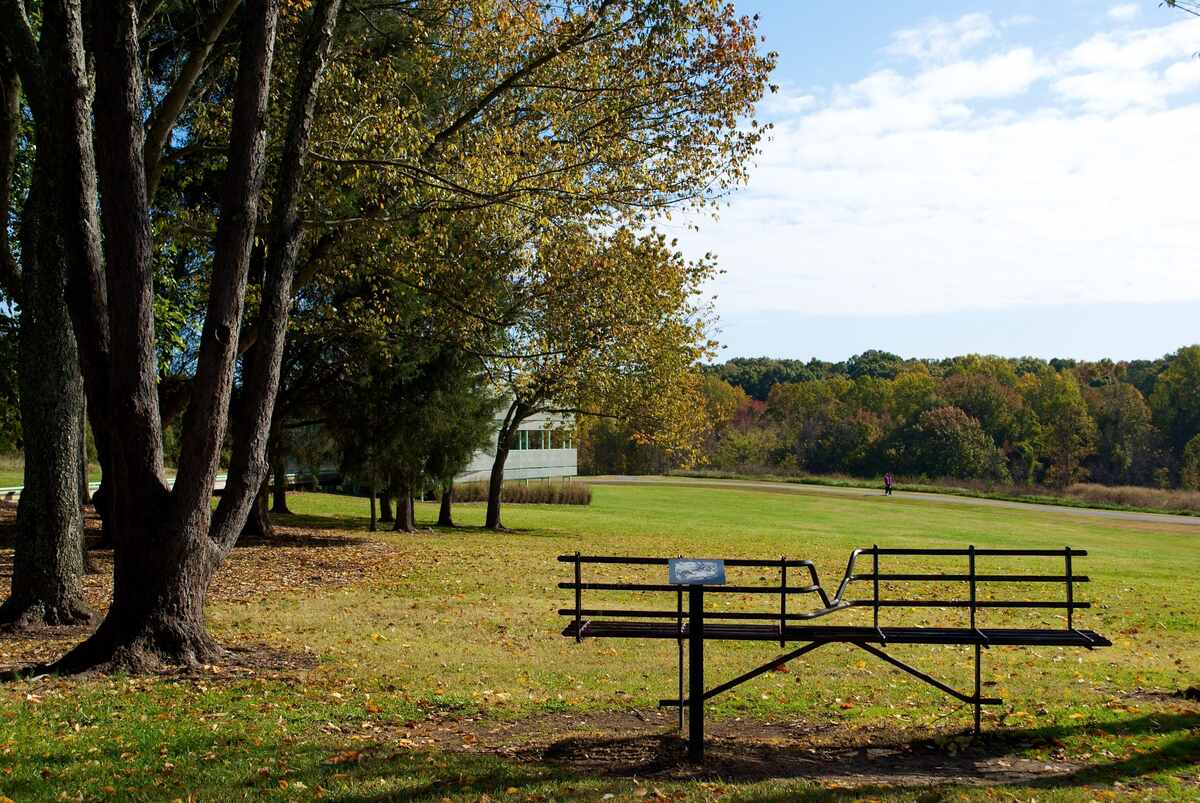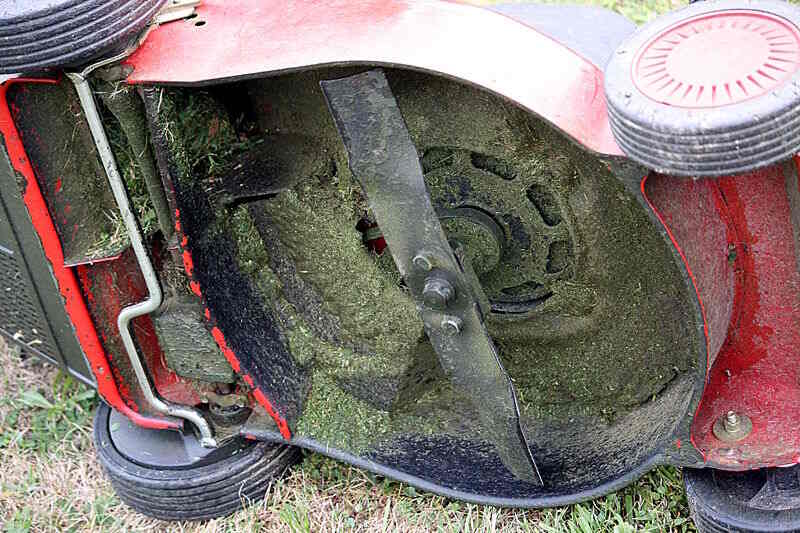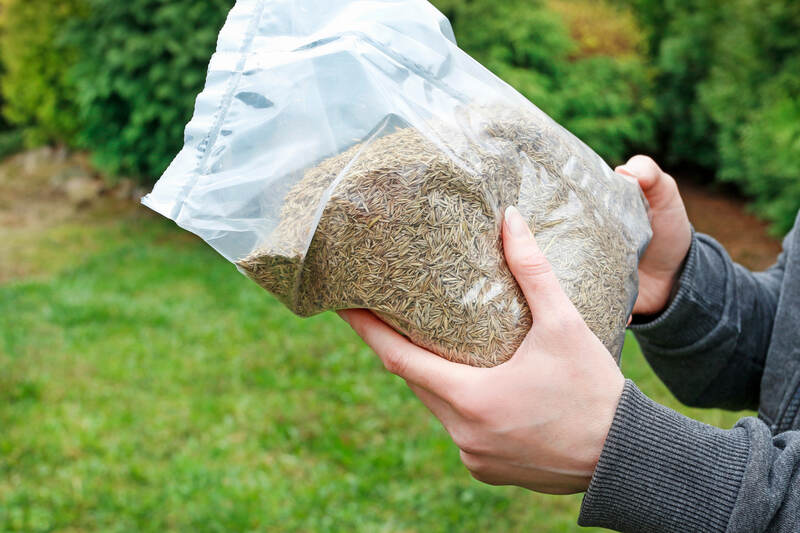
Raleigh, NC Fall Lawn Care Tips
Existing Lawn Care: Keep Mowing
Continue to mow, edge, and water as needed. The best time to mow is in the evening when the grass is dry and the temperatures have cooled off. Remember the golden watering rule still applies: water more, less often. It’s important to continue to allow the water to completely soak into the lawn so that the root system can adequately absorb the water and nutrients.
Raise the Mower Blade
Raising the mower blade will raise the mowing height. Your lawn needs to be mowed at the appropriate length unique to its grass type.
Popular Grass Types in Raleigh, NC
- Fescue: 2 – 3 inches
- St. Augustine: 2 – 3 inches
- Bermuda: 1 – 2 inches
- Zoysia: 1 – 1.5 inches

Photo: Phil Gwinn / Flickr / CC BY 2.0
Keep in mind that a sharp mower blade produces clean cuts, so after the last cut of the season it’s important to remember to sharpen the mower blade. While you’re at it go ahead and clean out the buildup of grass, dirt, and roots from the the undercarriage of the mower, too.
Aerate the Lawn
Over time the soil can become compacted, making it difficult for the roots to absorb adequate amounts of air, water, and nutrients. The primary causes of soil compaction are heavy traffic and the cold winter frost. Aerating your lawn will alleviate the soil compaction. Aeration involves perforating the lawn with tiny holes by removing small plugs from soil. Topdressing immediately after aerating is a good way to capitalize on your labor.
Fertilization
Granular lawn fertilizer should be applied to Fescue lawns toward the middle of the season. Bermuda will benefit from a “winterizer” fertilizer six weeks before the estimated first frost of the season. Do not fertilize Zoysia, Centipede, or St. Augustine grasses because warm-season grasses are busy preparing for their winter dormancy period.
Plant Fescue Seed

Photo: agneskantaruk / Adobe Stock Free / License
As with shrubs, trees, etc., sowing Fescue seed in the fall allows the grass’ root system to establish itself before the stressful summer heat comes back around. Reseeding has a bunch of benefits, such as creating a denser lawn and helps to prevent broad leaf growth. Remember that, like anything else, grass grows old and dies. So reseeding helps prevent that. Use 6 pounds of seed per 1000 square feet and mulch with wheat straw to hold soil moisture and protect the seed from birds. To apply the seed, use a broadcast spreader and apply at the targeted rate.
Apply a Pre-Emergent
Apply a pre-emergent to your lawn to control winter weeds such as poa annua (annual bluegrass), henbit, chickweed, etc. Remember if you’re planning to sow seed in the fall then do not apply pre-emergent to your lawn. Not only will the pre-emergent prevent the weeds from germinating, but it will also prevent the seeds from germinating as well.
That’s it for our basic fall lawn care tips. Follow these and your lawn should be lush and green come next spring!
Have questions about lawn care? Visit our Raleigh lawn care page or share your thoughts in the comments section below.
Main image credit: A lawn by the NC Museum of Art trail / Mike P. / Flickr / CC BY 2.0